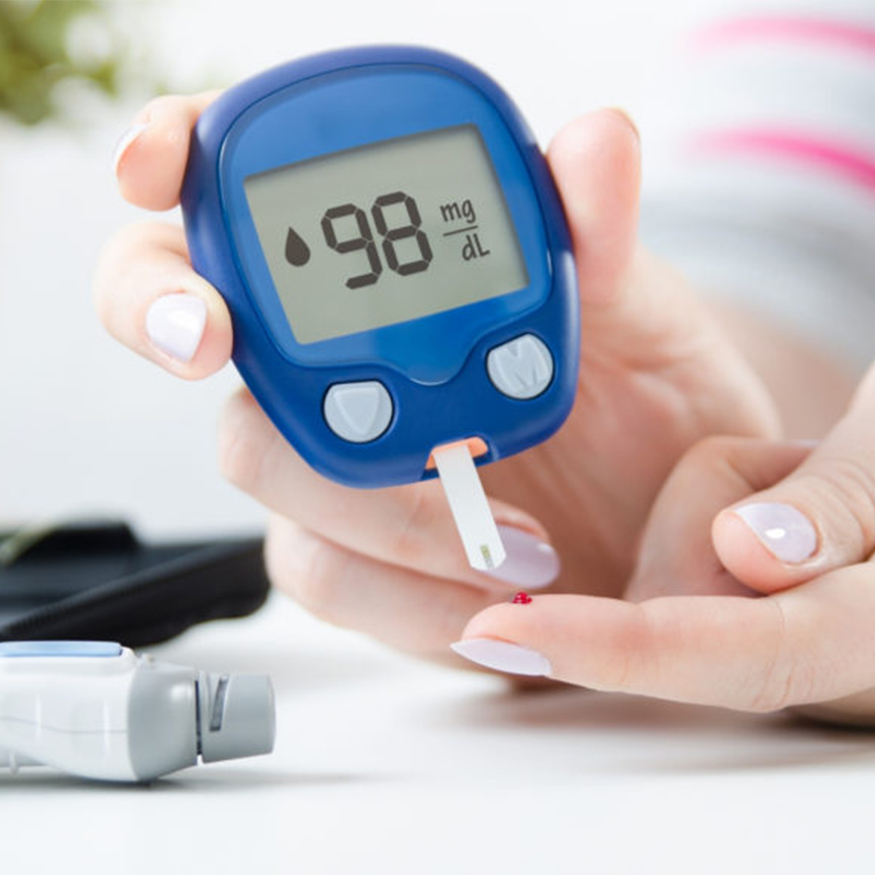Fentanyl as a street drug
Fentanyl became a popular street drug in the early 2000s when individuals could no longer quickly obtain prescriptions for opioids instead of turning to heroin. Fentanyl became the new heroin. Fentanyl is often added to heroin to increase its strength or is being disguised as heroin leading to more lethal overdoses.
Unfortunately, it is impossible in the absence of a detection kit to tell if a powder or pill contains fentanyl as it is tasteless, colorless, and odorless. As a result, even dealers may not be aware of what they are selling. As a result, the difference between a lethal dose and a dose that results in a euphoric high is minimal. Street names for illegally used fentanyl include Apache, China Girl, China White, Dance Fever, Friend, Goodfellas, Jackpot, Murder 8, and Tango & Cash.
Street fentanyl can be ingested, snorted, injected, or smoked and is usually sold as a powder or pill. Street fentanyl is often made illegally in a lab or comes from prescription patches that were stolen or sold from patients.





